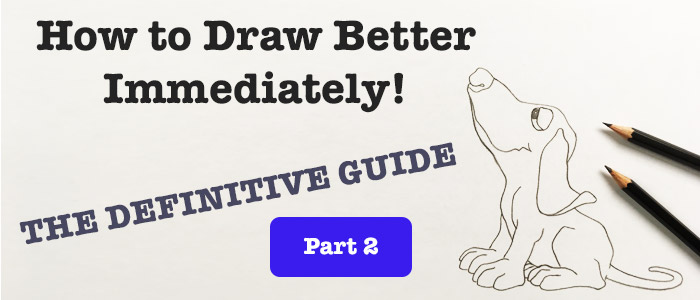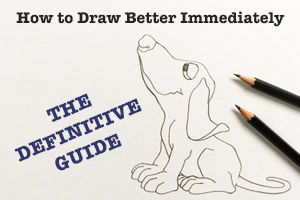
This is part 2 of the series How to Draw Better Immediately – The Definitive Guide.
 Have you ever found yourself looking at a crooked painting and you can’t resist the urge to straighten it up. Or perhaps the furniture arrangement in your home doesn’t seem quite right and you automatically find yourself shuffling things around, so that the angles feel better.
Have you ever found yourself looking at a crooked painting and you can’t resist the urge to straighten it up. Or perhaps the furniture arrangement in your home doesn’t seem quite right and you automatically find yourself shuffling things around, so that the angles feel better.
When parts of your environment seem crooked, you’re likely to feel a bit uneasy. This little niggle leads most people to make an adjustment, which creates harmony between the horizontal and the vertical. This natural tendency to compare angles while striving for angular harmony is the first of your natural abilities.
How does Comparison of Angles relate to drawing?
This is an important skill when it comes to creating a realistic likeness in art.
For example, you might draw upon this skill when comparing the angle of the line that you are drawing against an imaginary line on a page.
The same principle applies in relation to the edges of a photograph, which may sometimes be the reference source of your drawing. Your natural skill encourages you to compare the angles and lines – both horizontal and vertical – and then to apply your knowledge to your drawing.
So now you see. Your skills are natural and instinctive!
Next… Let’s learn about Comparison of Tones


